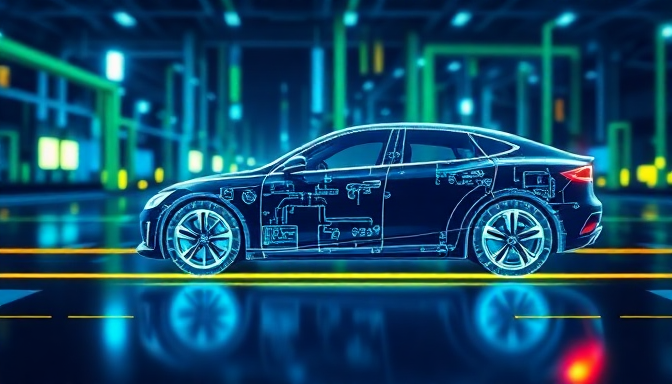
EV Architecture: Components and Systems
At its core, an electric vehicle (EV) represents a complex integration of electrical and electronic systems working in concert to convert stored electrical energy into mechanical motion. Unlike internal combustion engine vehicles, the EV architecture is fundamentally defined by its high-voltage electrical powertrain and its associated control and management subsystems. Understanding this architecture is essential for engineers involved in design, maintenance, and infrastructure development.
The primary energy source in an EV is the battery pack, typically a large assembly of lithium-ion cells. This pack stores the electrical energy required to power the vehicle's propulsion and auxiliary systems. It operates at high voltages, often ranging from 400V to 800V or even higher in next-generation platforms, to facilitate efficient power transfer.